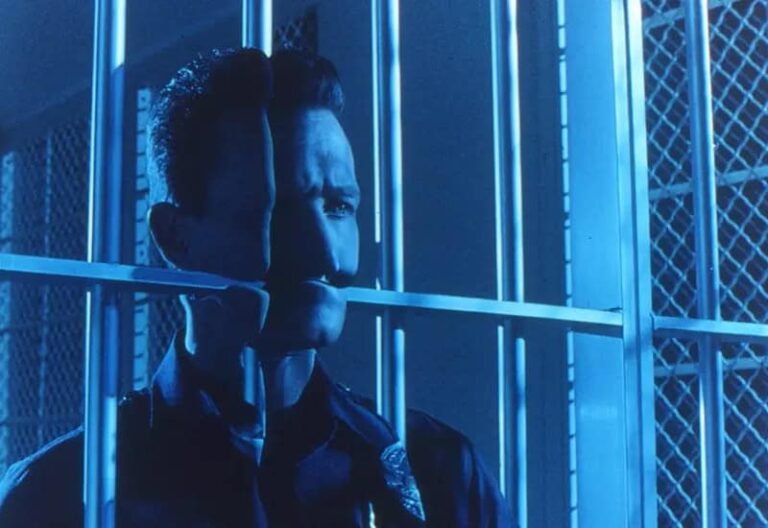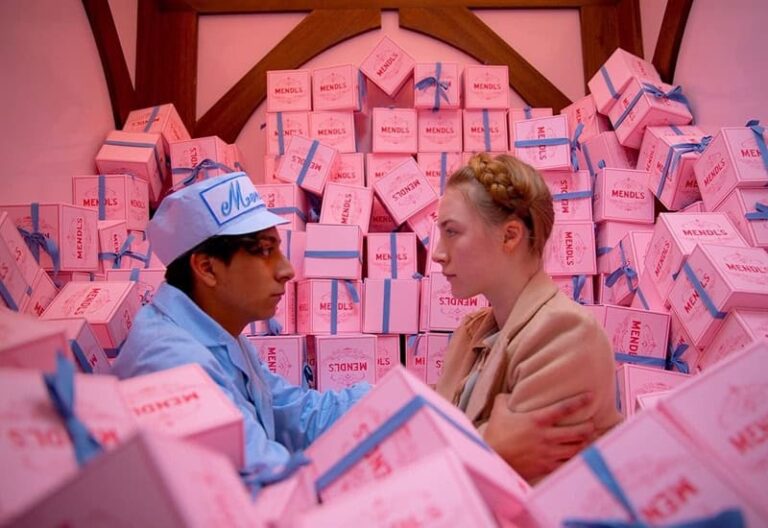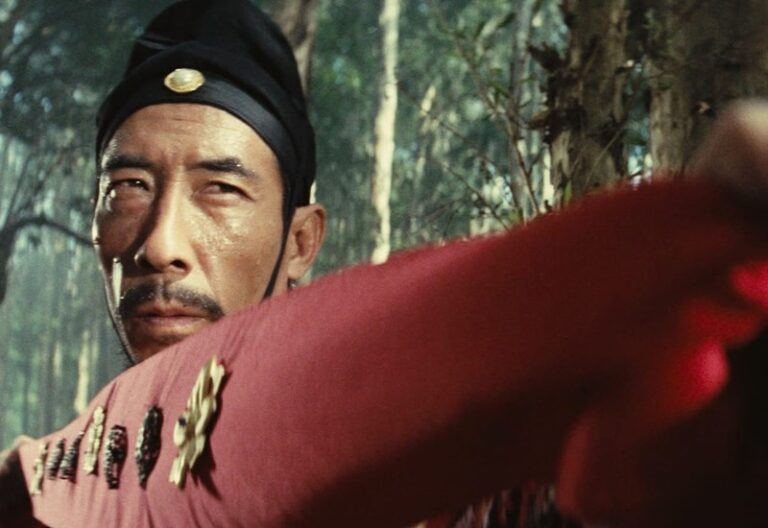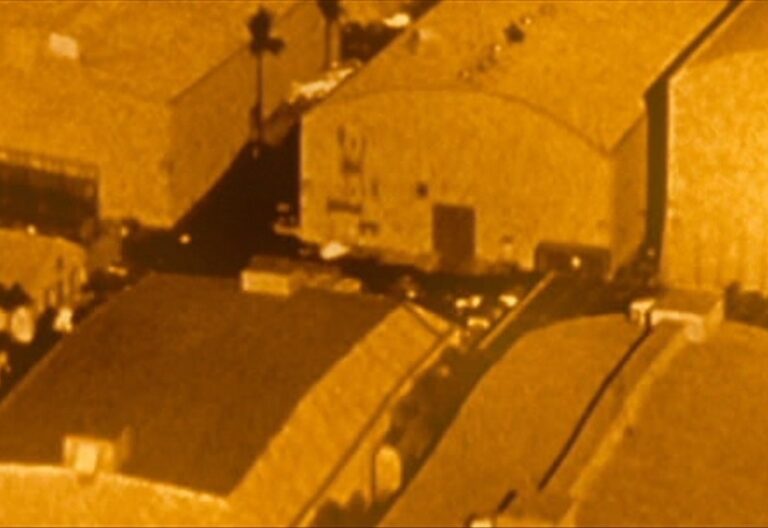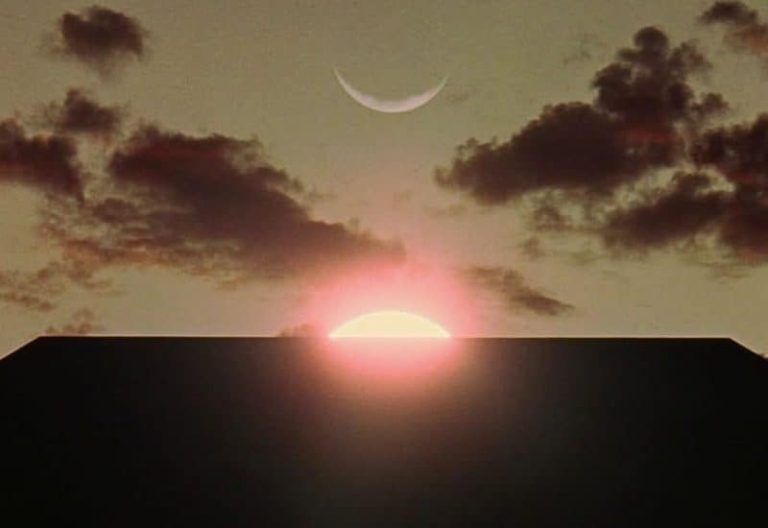what does cinematography mean?
Cinematography is the art and craft of capturing visual images for film or digital media. It involves the use of cameras, lighting, composition, and movement to tell a story visually. More than just recording footage, cinematography is a vital storytelling tool that shapes the viewer’s experience, setting the tone, mood, and atmosphere of the film.
Published by: CinemaWaves Team | Filed Under: Film Blog
What is Cinematography
Actually?
As we already mentioned, cinematography is the art of capturing visual images, a discipline that transcends the mere act of recording footage. Every element within the frame—from the way light falls on a subject to the angle of the shot—is deliberately chosen to enhance the storytelling, ensuring that the visual presentation aligns with the director’s vision. It plays a crucial role in setting the tone, mood, and atmosphere of a film.
Through the strategic use of color, light, shadow, and movement, cinematography can evoke specific feelings, foreshadow events, and emphasize key moments within the plot. Whether it’s the stark, high-contrast lighting of a noir film that creates tension and unease, or the warm, soft focus of a romantic scene that conveys intimacy, cinematography helps to define the film.

What is a Cinematographer?
A cinematographer, or Director of Photography (DP or DoP), is vital part of the filmmaking process, responsible for making both artistic and technical decisions regarding the visual aspects of a film. This includes selecting camera equipment, lenses, and film stock or digital sensors, as well as determining how each scene will be lit, framed, and shot. The cinematographer works closely with the director to translate the script into a visual language that aligns with the director’s vision, ensuring that the imagery supports the narrative.
The collaboration between the director and the cinematographer is one of the most crucial on a film set. While the director focuses on the broader storytelling and performances, the cinematographer executes the visual storytelling in a way that enhances the narrative. Together, they create the film’s look and feel.
In addition to overseeing the camera and lighting crews, the cinematographer coordinates with other departments like production design, costume design, and makeup. Beyond the shoot, cinematographers are often involved in post-production, working with colorists to fine-tune the film’s visual tone and ensure the final product matches the intended aesthetic, cementing their role in shaping the film’s visual identity.

Elements of Cinematography
1. Camera Work
Framing and composition: This involves the arrangement of visual elements within the frame. The cinematographer decides what will be in the shot and how it will be positioned, using techniques such as the rule of thirds, leading lines, and symmetry to create a visually appealing image.
Camera angles: The angle at which the camera is positioned can influence how the audience perceives a subject. High angles can make a character appear small or vulnerable, while low angles can make them seem powerful or menacing.
Camera movement: How the camera moves during a scene is crucial to the storytelling process. Techniques such as pans, tilts, dolly shots, and handheld shots can create dynamic or stable imagery, influencing the pacing of the scene.
2. Lighting
Quality of light: Light can be hard or soft, affecting the mood and texture of a scene. Hard light creates sharp shadows and high contrast, while soft light produces gentle shadows and a more diffused look.
Direction and placement: The direction from which light hits a subject significantly impacts the mood. Front lighting flattens features, side lighting adds depth, and backlighting can create silhouettes or add a rim of light around a subject.
Color temperature: The color of light (warm vs. cool) can evoke different emotions and set the tone of the scene. Cinematographers use gels or digital color grading to achieve the desired look.
3. Lenses and Focus
Lens choice: Different lenses affect the perception of space, depth, and focus. Wide-angle lenses can exaggerate space, making environments feel expansive, while telephoto lenses compress space, bringing distant subjects closer together.
Depth of field: This refers to the range of distance that appears acceptably sharp in the frame. A shallow depth of field isolates subjects from their background, focusing the viewer’s attention, while a deep depth of field keeps the entire scene in focus.
Focus techniques: Racking focus (shifting focus from one subject to another) and selective focus are used to guide the audience’s attention to specific elements within the frame.
4. Color and Film Stock
Color palette: The use of color in cinematography can convey mood, theme, and character. Cinematographers choose a color scheme that enhances the narrative, whether through the use of bold, saturated colors or more muted, desaturated tones.
Film stock and digital sensors: The choice between film stock or digital sensors affects the texture, grain, and overall look of the final image. Each medium has its own characteristics that can enhance the storytelling.
5. Special effects and post-production
In-camera effects: Techniques like slow motion, time-lapse, and the use of filters can create effects that add to the visual storytelling.
Post-production: Cinematography doesn’t end when shooting wraps. In post-production, color grading and digital effects are used to fine-tune the visual aesthetic, ensuring consistency and enhancing the final look of the film.
Conclusion
Cinematography is much more than the technical act of recording images; it is an essential art form that plays a critical role in the storytelling process. From its early beginnings to the digital age, cinematography has continually evolved, shaping how stories are visually told and experienced. Through the deliberate use of camera techniques, lighting, composition, and color, cinematography guides the audience’s emotions, enhances the narrative, and creates the atmosphere that defines a film’s tone.
Refer to the main page for more educational insights on filmmaking and cinema history.
Special effects in film have always been a kind of magic – tricking our eyes into seeing the impossible, making the unreal seem real. It’s a craft that’s been around almost…
Film noir emerged in the early 1940s as a distinctive style within American cinema, marked by its dark, moody aesthetics and cynical narratives. The term “film noir” meaning…
Mise en scène is a French term that means “placing on stage” and encompasses all the visual elements within a frame that contribute to the overall look and feel of a film. Originating…
Wuxia, meaning chivalrous hero, refers to a genre of Chinese fiction and film that follows martial artists upholding justice in ancient China. Though deeply rooted in classical…
The studio system was a dominant force in Hollywood from the 1920s to the 1950s. It was characterized by a few major studios controlling all aspects of film production…
In the late 1960s and throughout the 1970s, until mid 1980s, a cinematic revolution unfolded in Hollywood that would forever change the landscape of the film industry. American New..

